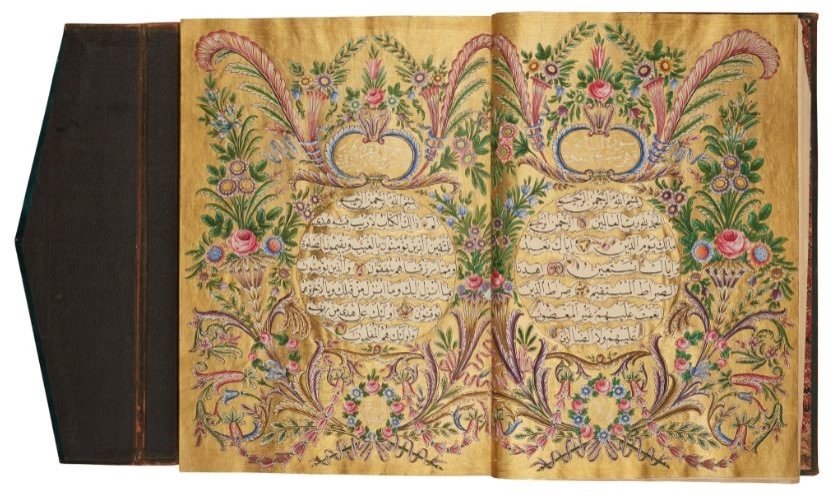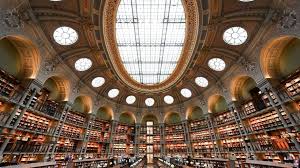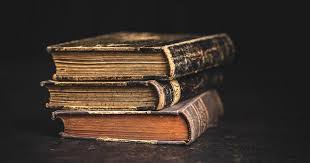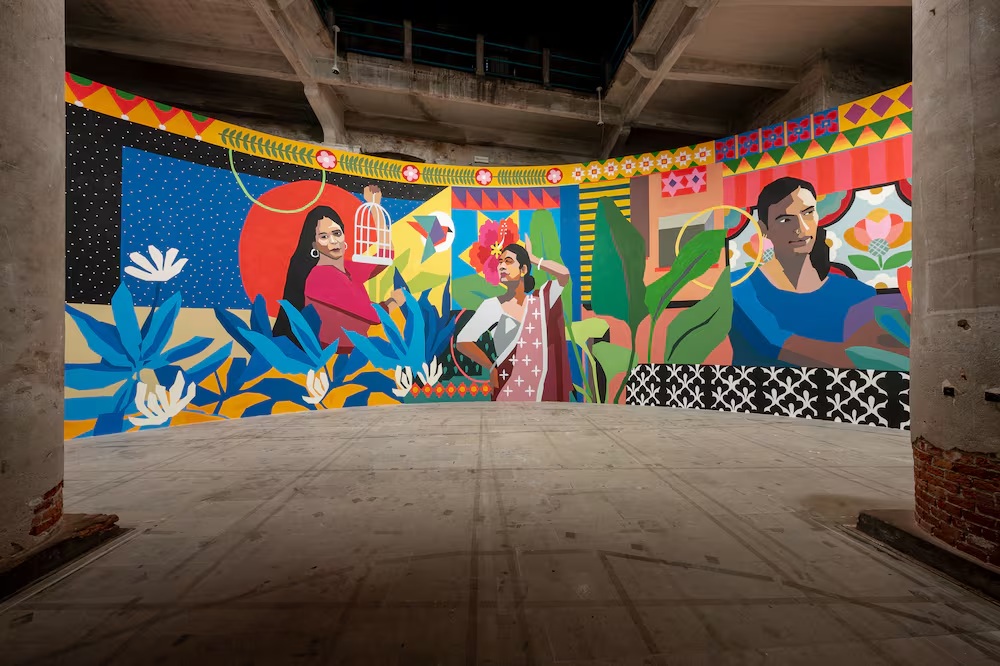
Monitoring Desk
At the new municipal art gallery Alan (which means ‘space’ in Turkish), situated off-center in a sleek events building in Kadıköy, a collection of Papko/Öner Kocabeyoğlu frames legends from 20th-century Turkish art
When a new generation of artists work, their generation assumes something of the spirit of individuality that goes hand-in-hand with a genuinely creative process, what might be understood as the shedding of skin. To put it bluntly, they might change their personal identity, or revise their approach to what they have done, to do it differently. It is a tension that balances the essential spirit of art-making, which might be defined as the attempt to express what can not be expressed, or, at least, what has not yet been expressed.
In art, it is the trial that counts, unlike the norms of industrial capitalism, and their echoes throughout society, focusing on products, results, analytics, benefits even politics. But in retrospect, something uncanny tends to occur within a single generation, which, whether its members are collegial are not, inclines toward intuitive kinship, as if they were bouncing their ideas off the same wall, dashing preconceived conceits that no longer served their interests, nor that of the general public, despite the resonance of critical, historical or academic import.

The 20 artists featured in the group show at Istanbul’s Alan art gallery inherited the European entelechy of visual culture, and in many cases subconsciously absorbed their distinctive Turkish cultures without very overt references to their eastward orientation. Their photographs, paintings and sculptures convey the singular immunity of modern art toward isolated intellectualism, and distanced from religion, they reach for a palpable connection with the otherworldly sources of insight into the holistic nature of the human experience, in relation to the greater environment.
In paint, plastic and pictures, Turkey’s 20th-century artists were moving toward what their more recent and globalized successors around the world have imbued into installation art, or the meta-reflexive criticism of the artist’s institutional contextualization. They were working in a more rarefied market, one in which the commoditization of their works was circumscribed by the overarching object-based ontology of art dealers. It is no coincidence, then, that they are presented to Istanbul’s eager public not through a curatorial platform but by collectors.
Back to the work
On first entering the relatively sterile, lobby-like concourse of halls that wrap around within the interior of Alan’s galleries, there are large-format photographs by Istanbul’s laureate of black-and-white stills, the late and inimitable Ara Güler, whose face is about as recognizable as the early pieces of Bosporus dockworkers that made him and Istanbul’s modernity famous. His images speak to the bygone era in which the artists of the Alan show also lived, a time that also informed their creative visions of radical aesthetic reinterpretations.

Among his unsparingly direct portraits is that of Burhan Doğançay, holding his pipe with the look of an elder statesperson, the son of a military painter who cut his teeth on canvases in Paris and New York, a man whose apparent self-importance is backed by a lifetime of well-earned respect. He sits, gazing into Güler’s camera with eyes that had seen the world unfold, his reading glasses perched atop his forehead. And behind him is a painting out of a series that bookends the circular drift of artworks throughout the chock-full show at Alan.
In November of 2009, when modern Turkish art sold better than Turkey’s classical crafts for the first time, Doğançay was at the center of that momentous, yet relatively unsung shift with the sale of one of his works for TL 2.2 million ($162,279 today). That history was discussed in a book by music scholar Martin Greves entitled, “Makamsız,” published in 2017. It is almost clear in his works just how he raced ahead of the pack among his peers, as his art fought for breath under the surface of painting, like that of his American contemporary Robert Rauschenberg.


Doğançay and Rauschenberg played with perception and dimensionality while not giving sway to the temptations of pop and optical art. If traversing counter-clockwise through the building, the conclusion of the Alan show features such relatively simple works as an acrylic by Doğançay titled, “Ship Shave V” (1973), in which figments of papery textures cast shadows over the formal, if surrealist, depiction of a sailboat. His emphasis on absence and emptiness, both of background and in his representationalism, reveals a postmodern, minimalist range.
To connect the dots
The wide spectrum of paintings, which make up the bulk of the artists’ media, is only outmatched in summoning intrigue by the artists’ biographies. Their photographed portraits are displayed throughout the show, with a few lines of description about their lives. Fikret Mualla, for example, is listed as a “big bohemian” who partied and styled himself as an anarchist. Numerously, he checked into a mental hospital before leaving for France in 1938, two years before the Nazis occupied the art-loving nation.
Mualla is beloved in Turkey much in the way that expressionists are in Germany, or surrealists in France, as his paintings took on a derivative post-impressionistic flair that seemed to have subsumed cubism into a unique distillation of the genre as a form of mental exile, mirroring that of Mualla’s transnational convictions. An artist who might be seen as a parallel could be Nejad Devrim, who, as an ardent iconoclast in pursuit of his own voice, had a falling out with his mother, the famous painter Fahrelnissa Zeid, and died poor in Poland.


There is a painting by Zeid at the Alan show, in the same room as that of Devrim’s work. It is an oil, portraying a woman, seated alone in a room. She appears to be ashamed, blushing from the legs up, her head down on a floating, layered loveseat that might double as symbolic of her neglected flesh. Meanwhile, Mualla went east, and took loftier perspectives, with such paintings as “Central Asia, Uzbekistan Domes” (1960), a naive-looking landscape that betrays his formidable art education from Berlin to Paris.
Other artists among the Alan show who stretched backward in search of ways to interact with their imperial Turkish past, skipping the didactics of their antecedents, included Abidin Dino, whose untitled sketches on official Ottoman ephemera are striking in their bold, playful critique on collective, institutional art in contrast to private, personal creativity. He did the same with French newspapers too, such as his piece, “May ’68” (1968), caricaturing the serious tone of the cultural moment with an outsider’s taste for the beautifully indifferent difference.
Courtesy: Dailysabah
The post On fame and history: 20th-century Turkish art at Alan appeared first on The Frontier Post.








